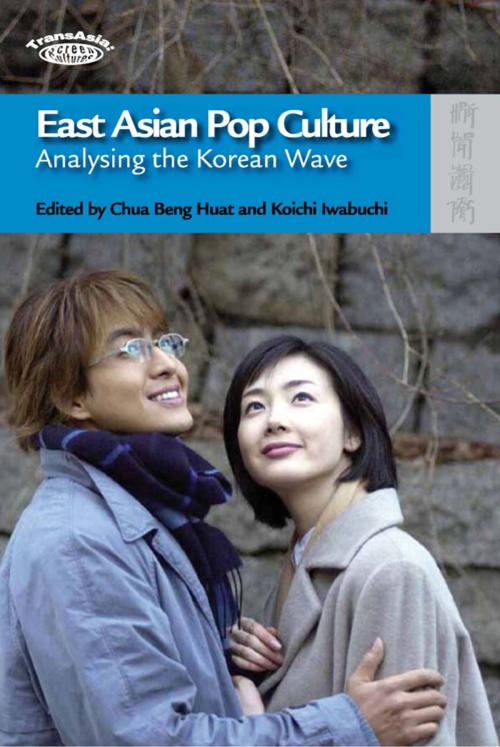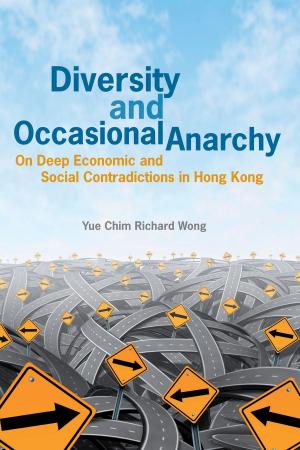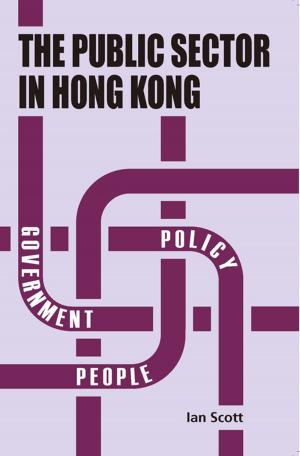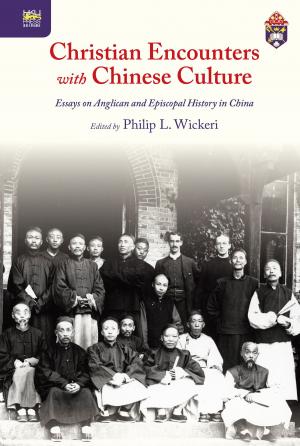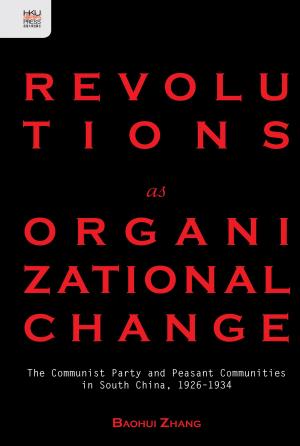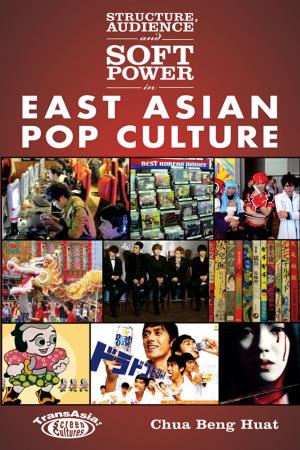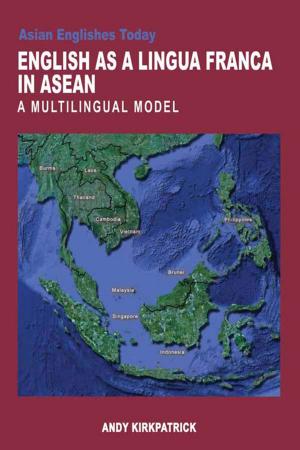| Author: | Hong Kong University Press | ISBN: | 9789882204478 |
| Publisher: | Hong Kong University Press | Publication: | December 15, 2009 |
| Imprint: | Language: | English |
| Author: | Hong Kong University Press |
| ISBN: | 9789882204478 |
| Publisher: | Hong Kong University Press |
| Publication: | December 15, 2009 |
| Imprint: | |
| Language: | English |
The international group of contributors of this volume provides, collectively, a multi-layered analysis of the emerging East Asian media culture, using the Korean TV drama as its analytic vehicle. By closely examining the political economy of TV industry, audiences of the regional media flows in terms of gender subjectivity constructions, perceptions of colonial-postcolonial relationships, and nationalist responses to trans-national media culture exchanges, this volume highlights the multiple connectivities and implications of popular cultural flows and exchanges in East Asia. In spite of the obvious flows and exchanges that constitute pan-East Asian Pop Culture as a relatively coherent unit, the academic research community is far behind the cultural industry producers who have long factored the regional consumer market into their production and marketing. This volume is motivated by the need to find both the conceptual and institutional site(s) for the constitution of an East Asian Pop Culture. The resulting discoveries demonstrate that this culture co-exists with US domination in global media industry, and offers new empirical and conceptual insights into cultural globalization which cannot be ascertained in existing US-centric analyses.
The international group of contributors of this volume provides, collectively, a multi-layered analysis of the emerging East Asian media culture, using the Korean TV drama as its analytic vehicle. By closely examining the political economy of TV industry, audiences of the regional media flows in terms of gender subjectivity constructions, perceptions of colonial-postcolonial relationships, and nationalist responses to trans-national media culture exchanges, this volume highlights the multiple connectivities and implications of popular cultural flows and exchanges in East Asia. In spite of the obvious flows and exchanges that constitute pan-East Asian Pop Culture as a relatively coherent unit, the academic research community is far behind the cultural industry producers who have long factored the regional consumer market into their production and marketing. This volume is motivated by the need to find both the conceptual and institutional site(s) for the constitution of an East Asian Pop Culture. The resulting discoveries demonstrate that this culture co-exists with US domination in global media industry, and offers new empirical and conceptual insights into cultural globalization which cannot be ascertained in existing US-centric analyses.
